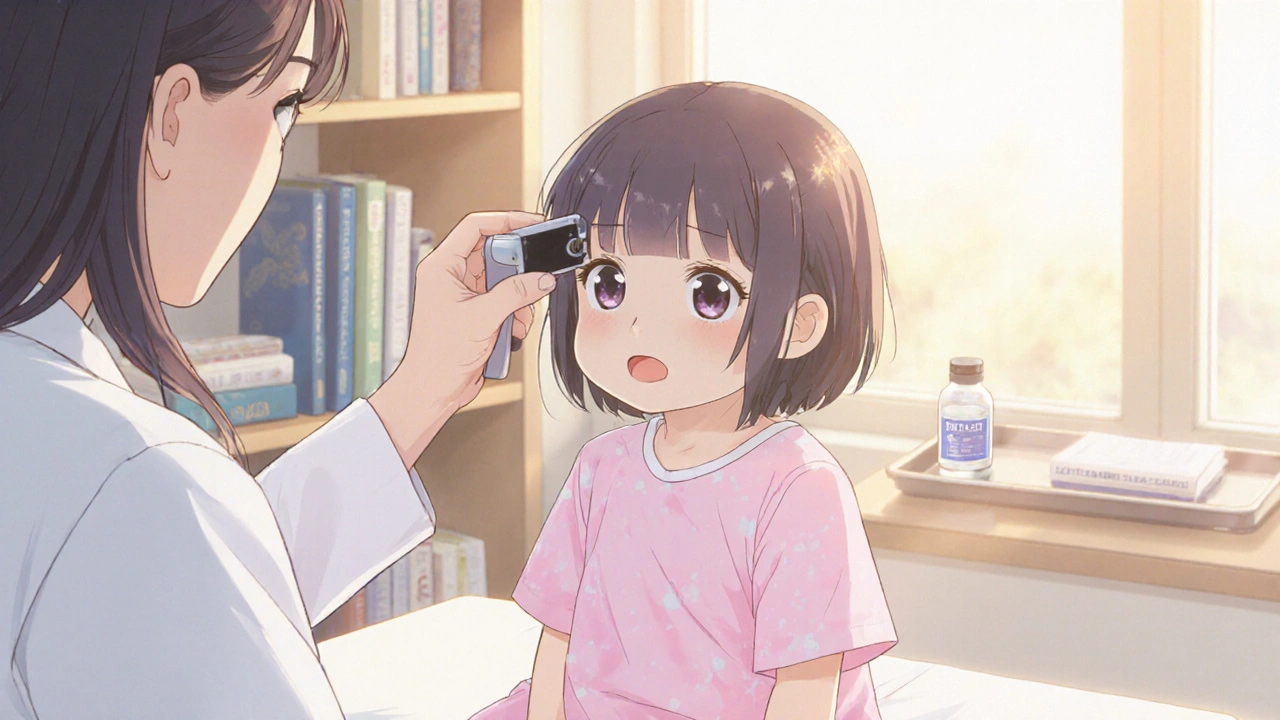Glaucoma Medication: What Works, How It Works, and What to Expect
When dealing with glaucoma medication, drugs designed to lower intraocular pressure and protect the optic nerve. Also known as eye pressure‑lowering drugs, it plays a vital role in slowing vision loss for millions of patients worldwide. In simple terms, these meds keep the fluid inside your eye from building up too much, which stops the pressure from crushing the delicate nerve fibers that carry visual signals to the brain. If you’ve ever wondered why doctors push pills, eye drops, or even surgeries, the answer always circles back to that pressure balance. Below, we’ll break down the most common drug families, what sets them apart, and when each makes sense for you.
Major Drug Families and How They Tackle Pressure
One of the first choices is prostaglandin analogs, eye drops that increase fluid outflow through the eye’s drainage channels. Think of it like opening a tiny valve to let excess water escape. Prostaglandin analogs (e.g., latanoprost, bimatoprost) are popular because they often need only once‑daily dosing and have strong pressure‑lowering effects. Another cornerstone is beta‑blocker eye drops, medications that reduce fluid production by blocking adrenaline receptors in the eye. They’re handy for people who can’t tolerate prostaglandins or need an extra pressure drop.
When prostaglandins or beta‑blockers aren’t enough, doctors may add carbonic anhydrase inhibitors, drugs that cut fluid production through a different enzyme pathway. These come as drops (e.g., dorzolamide) or oral tablets (e.g., acetazolamide) and are especially useful for patients with severe pressure spikes. A less common, but still important, class is alpha‑agonists, agents that both decrease fluid creation and boost drainage modestly. Each of these families tackles intraocular pressure from a slightly different angle, which is why many treatment plans combine two or three types to hit the target pressure.
Another key entity in the glaucoma world is intraocular pressure, the fluid pressure inside the eye measured in mmHg. Keeping this number below 21 mmHg is the main goal, but the ideal target varies per patient based on optic nerve health, age, and disease stage. The relationship is straightforward: glaucoma medication reduces intraocular pressure, which in turn slows optic nerve damage. Yet the pressure‑lowering effect isn’t the only factor—side‑effects, dosing convenience, and insurance coverage all shape the final prescription.
Choosing the Right Glaucoma Medication for Your Lifestyle
Deciding which drug fits you best isn’t just a pharmacy question; it’s a lifestyle conversation. If you struggle with dry eyes, you might skip prostaglandin analogs because they can cause mild redness or eyelash growth. If you have asthma or heart issues, beta‑blocker drops could raise concerns, so a carbonic anhydrase inhibitor might be safer. Some patients notice that oral medications affect their stomach, making topical drops a preferable route.
Beyond meds, doctors often talk about laser treatments—like selective laser trabeculoplasty (SLT)—or minimally invasive surgeries if pressure remains high despite a solid drug regimen. These procedures aren’t medications per se, but they sit in the same decision tree: glaucoma management includes both pharmacologic and procedural options. Understanding where each element fits helps you ask the right questions at appointments and stick to a plan that matches your daily routine.
Now that you’ve got the basics of the main drug families, how they affect intraocular pressure, and what personal factors matter, you’re ready to dive deeper. Below you’ll find a curated list of articles that compare specific meds, discuss side‑effects, and offer practical tips for staying on track with your eye‑health regimen. Use them to fine‑tune your treatment, talk confidently with your eye doctor, and keep your vision as sharp as possible.
Acetazolamide for Pediatric Glaucoma: Complete Treatment Overview
A thorough guide on using acetazolamide for pediatric glaucoma, covering how it works, dosing, safety, comparisons with other treatments, and monitoring tips.
VIEW MORE
